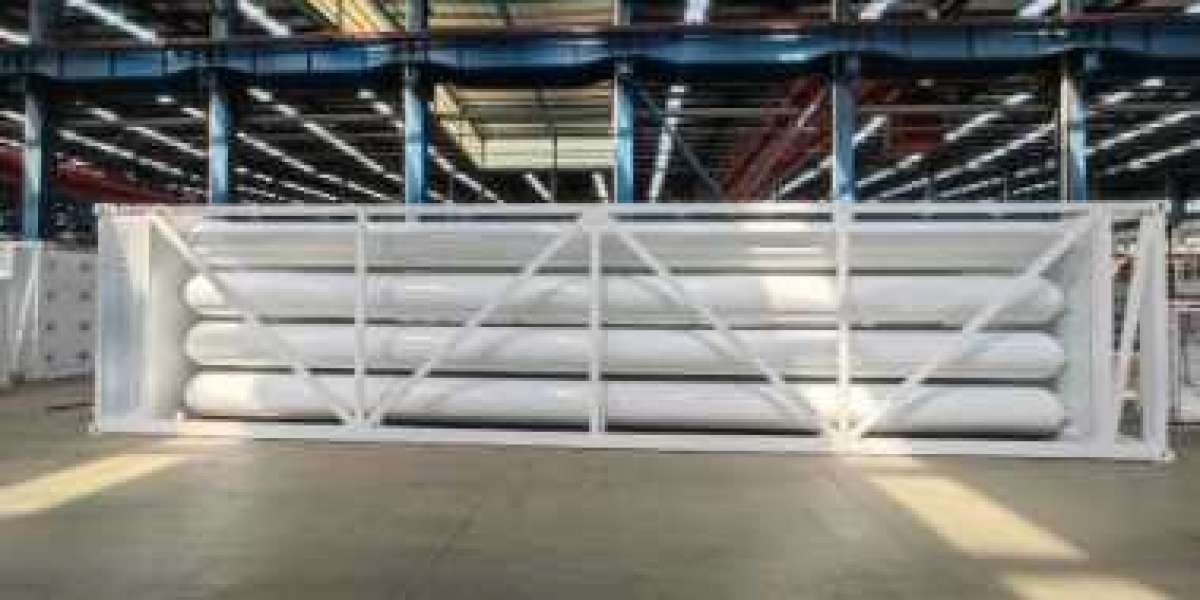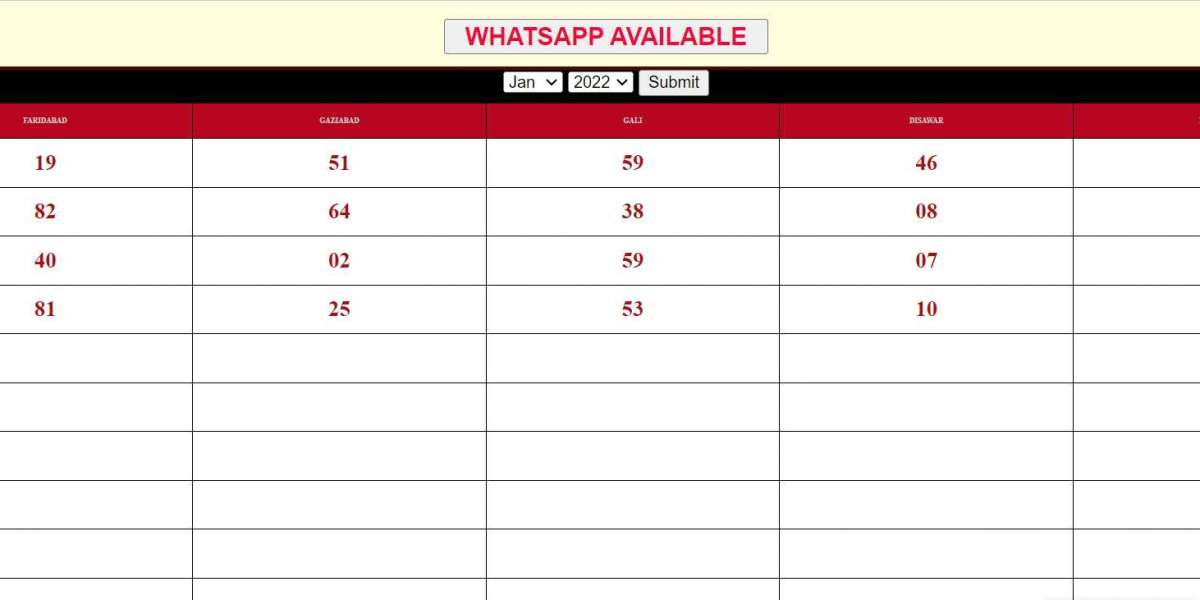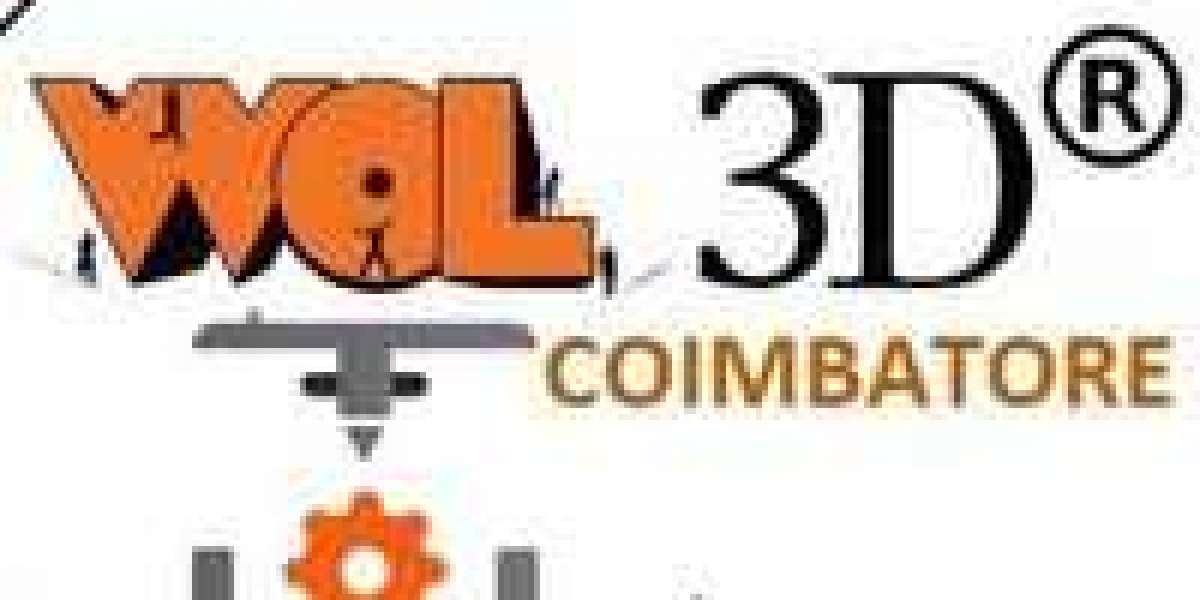Introduction to Nitrogen Tube Skids
Welcome to our comprehensive guide on Nitrogen Tube Skids! If you're curious about what they are and how they can benefit your operations, you've come to the right place. In this article, we'll dive into the world of nitrogen tube skids - a vital component in various industries. Whether you're involved in oil and gas, chemical manufacturing, or any other industry that requires efficient nitrogen supply, understanding how these skids work is essential for optimizing your processes. So let's get started and explore the fascinating world of nitrogen tube skids together!

What is Nitrogen and Why is it Used?
Nitrogen is an essential element found in the Earth's atmosphere, making up about 78% of it. It is a colorless and odorless gas that plays a crucial role in various industries, including manufacturing, food preservation, electronics, and healthcare.
In the manufacturing industry, nitrogen is commonly used for purging systems and pipelines to remove contaminants such as oxygen and moisture. This helps prevent oxidation and corrosion of metal components during production processes.
Food manufacturers rely on nitrogen for packaging purposes. By replacing oxygen with nitrogen inside food packaging containers, they can extend the shelf life of products by preventing spoilage caused by microbial growth or oxidative reactions.
The electronics industry also utilizes nitrogen extensively during soldering processes. Nitrogen helps create an inert atmosphere that minimizes oxidation on sensitive electronic components like circuit boards, ensuring their reliability and performance.
In the healthcare sector, liquid nitrogen is often employed for cryotherapy treatments to freeze off warts or other skin lesions. Additionally, this versatile gas finds applications in medical research laboratories where it aids in preserving samples at extremely low temperatures.
Nitrogen's diverse properties make it a valuable resource across various industries due to its ability to provide non-reactive environments necessary for specific processes and product quality enhancement.
Advantages of Using a Nitrogen Tube Skid
Nitrogen tube skids offer numerous advantages for various industries and applications. One of the key benefits is their ability to provide a continuous supply of nitrogen gas on-site, eliminating the need for frequent cylinder changes or refills. This not only saves time but also reduces costs associated with transportation and storage.
Another advantage is the flexibility that nitrogen tube skids offer in terms of pressure control. These skids are equipped with regulators and valves that allow users to adjust the pressure according to their specific requirements. This ensures optimal performance and efficiency in different processes such as pipeline purging, well stimulation, or pneumatic conveying.
In addition, nitrogen tube skids are designed to be compact and portable, making them suitable for both stationary installations and mobile operations. They can be easily transported to different job sites, providing convenience and versatility.
Furthermore, these skids are built with safety features such as pressure relief valves and gauges that enable operators to monitor system performance closely. With proper maintenance and adherence to safety guidelines, the risk of accidents or equipment failure can be minimized.
Using a nitrogen tube skid offers significant advantages including cost savings, operational efficiency, flexibility in pressure control, portability, and enhanced safety measures. Whether it's for industrial processes or oilfield operations,Huani Metal Material provides high-quality nitrogen tube skids that meet industry standards while delivering reliable performance.
Components of a Nitrogen Tube Skid
A nitrogen tube skid is composed of several key components that work together to ensure the safe and efficient delivery of nitrogen gas. Understanding these components is essential for anyone working with or considering the use of a nitrogen tube skid.
1. Compressor: The compressor is responsible for drawing in ambient air and compressing it to a high pressure, typically around 200-300 psi. This compressed air serves as the source for generating nitrogen gas.
2. Filtration System: Before entering the separation unit, the compressed air passes through a filtration system that removes any impurities or contaminants. This ensures that only clean and pure air enters the separation process.
3. Separation Unit: The heart of the nitrogen generation process lies within this component. Inside the separation unit, special membranes selectively separate oxygen molecules from nitrogen molecules, resulting in purified nitrogen gas.
4. Storage Tanks: Once generated, the purified nitrogen gas is stored in storage tanks on board the skid. These tanks are designed to safely hold large volumes of pressurized gas until it is ready for use.
5. Control Panel: A control panel allows operators to monitor and adjust various parameters such as pressure levels, flow rates, and system status indicators. It provides real-time information about the performance of different components on the skid.
6. Piping System: Piping systems transport compressed air between different components while ensuring minimal energy losses and maintaining proper airflow throughout all stages of operation.
Each component plays a crucial role in ensuring consistent production and delivery of high-quality nitrogen gas from a tube skid system like those provided by Huani Metal Material Company . By understanding how these pieces fit together, users can maximize efficiency while minimizing downtime due to maintenance issues or unforeseen incidents.
Maintenance and Safety Tips for Using a Nitrogen Tube Skid
Proper maintenance and safety precautions are essential when using a nitrogen tube skid to ensure optimal performance and prevent accidents. Here are some important tips to keep in mind:
1. Regular Inspections: Conduct routine inspections of the nitrogen tube skid to check for any signs of wear, damage, or leaks. This includes checking the hoses, valves, gauges, and fittings.
2. Follow Manufacturer Guidelines: Always refer to the manufacturer's guidelines for proper operation, maintenance procedures, and safety precautions specific to your nitrogen tube skid model.
3. Training: Ensure that operators are properly trained on how to operate the nitrogen tube skid safely. This includes understanding how to handle high-pressure systems, use protective equipment like gloves and goggles, and follow proper shutdown procedures.
4. Pressure Regulation: Monitor pressure levels closely during operation to avoid exceeding the maximum operating pressure recommended by the manufacturer.
5. Leak Detection: Use leak detection solution or soapy water regularly to identify any potential gas leaks from connections or fittings. If a leak is detected, shut down the system immediately until repairs can be made.
6. Secure Storage: When not in use, store nitrogen cylinders upright in a cool and dry area away from direct sunlight or heat sources.
7. Emergency Preparedness: Have an emergency plan in place that outlines steps for handling incidents such as gas leaks or equipment malfunctions. Ensure all operators are familiar with this plan.
Remember that these tips should serve as general guidelines but always consult your specific product manual for detailed instructions on maintaining safety while using a nitrogen tube skid.
Conclusion
In this comprehensive guide, we have explored the world of nitrogen tube skids and their importance in various industries. Nitrogen is a versatile gas that offers numerous benefits, from enhancing safety to increasing productivity and efficiency. A nitrogen tube skid is an essential tool for efficiently delivering nitrogen gas where it's needed.
We discussed the components of a nitrogen tube skid and how each plays a crucial role in its operation. From the storage tanks to the pressure regulators, every part must be properly maintained to ensure optimal performance and safety.
Speaking of maintenance and safety, we provided some valuable tips on how to handle a nitrogen tube skid responsibly. Regular inspections, proper training for operators, and adherence to safety guidelines are vital to avoid accidents or equipment failures.
Remembering our SEO keyword "Huani Metal Material," it's important to choose reliable suppliers like Huani Metal Material when purchasing or servicing your nitrogen tube skid. Their expertise in metal materials ensures high-quality components that will withstand harsh operating conditions.
To wrap up this guide about nitrogen tube skids, let us emphasize the significance of having a well-maintained system in place. By implementing proper maintenance practices and following all necessary precautions, you can maximize the lifespan of your equipment while ensuring safe operations at all times.
So whether you're working in oil refineries, chemical plants, or any industry that requires controlled environments with inert atmospheres or pressurized systems – make sure you have a reliable nitrogen tube skid by your side!
And with that final statement without using "In conclusion," we conclude our comprehensive guide on Nitrogen Tube Skids!








